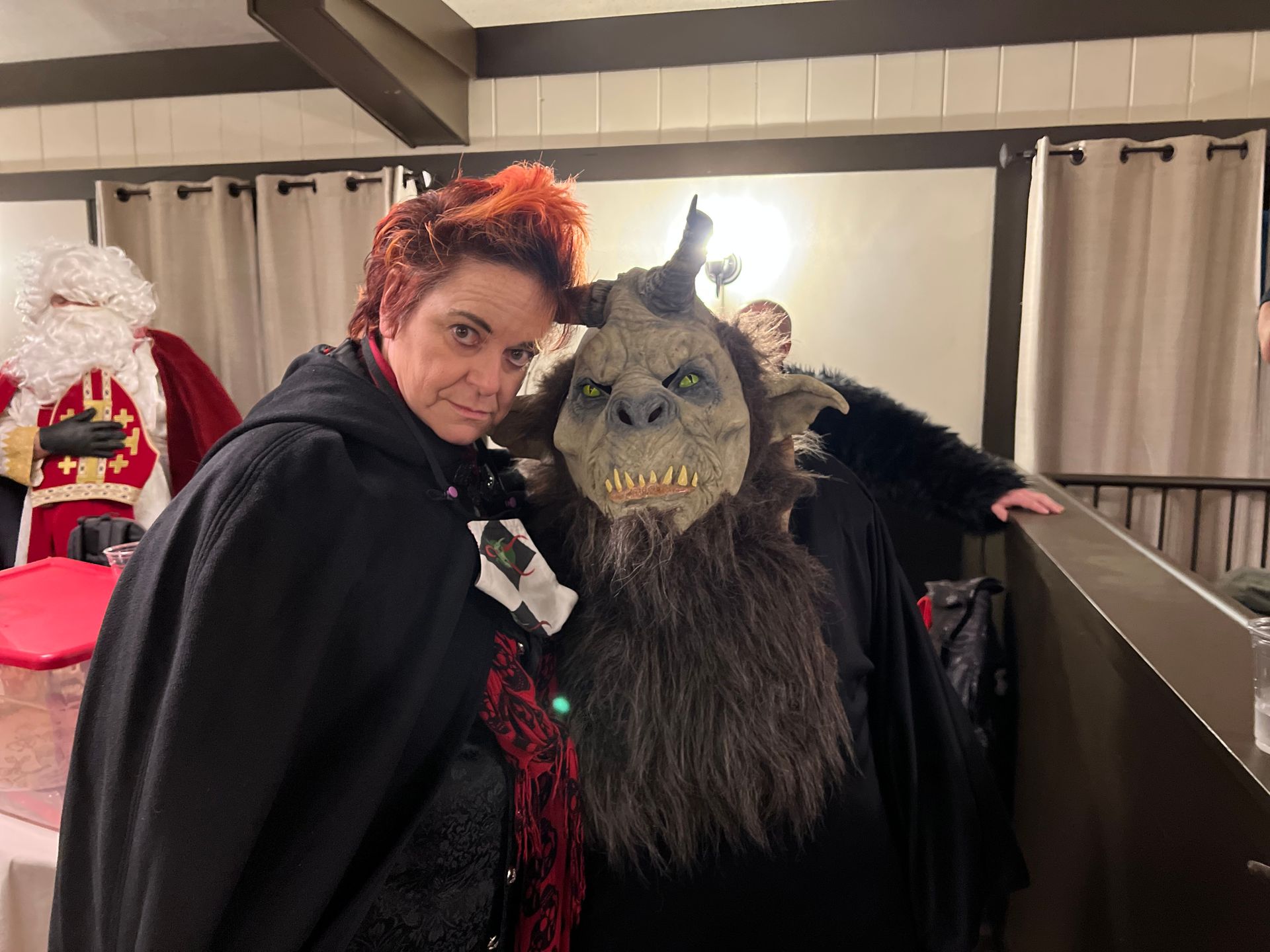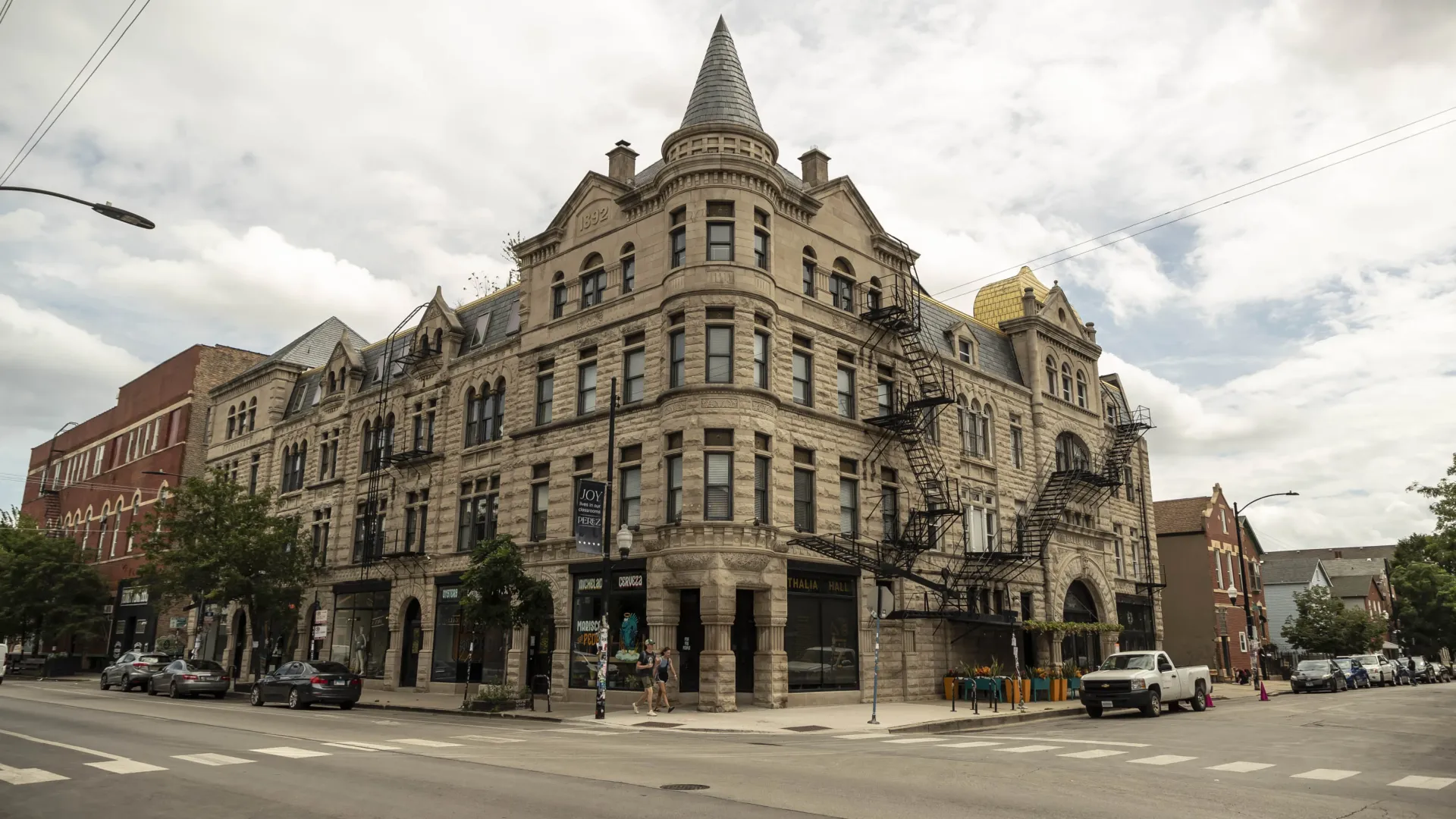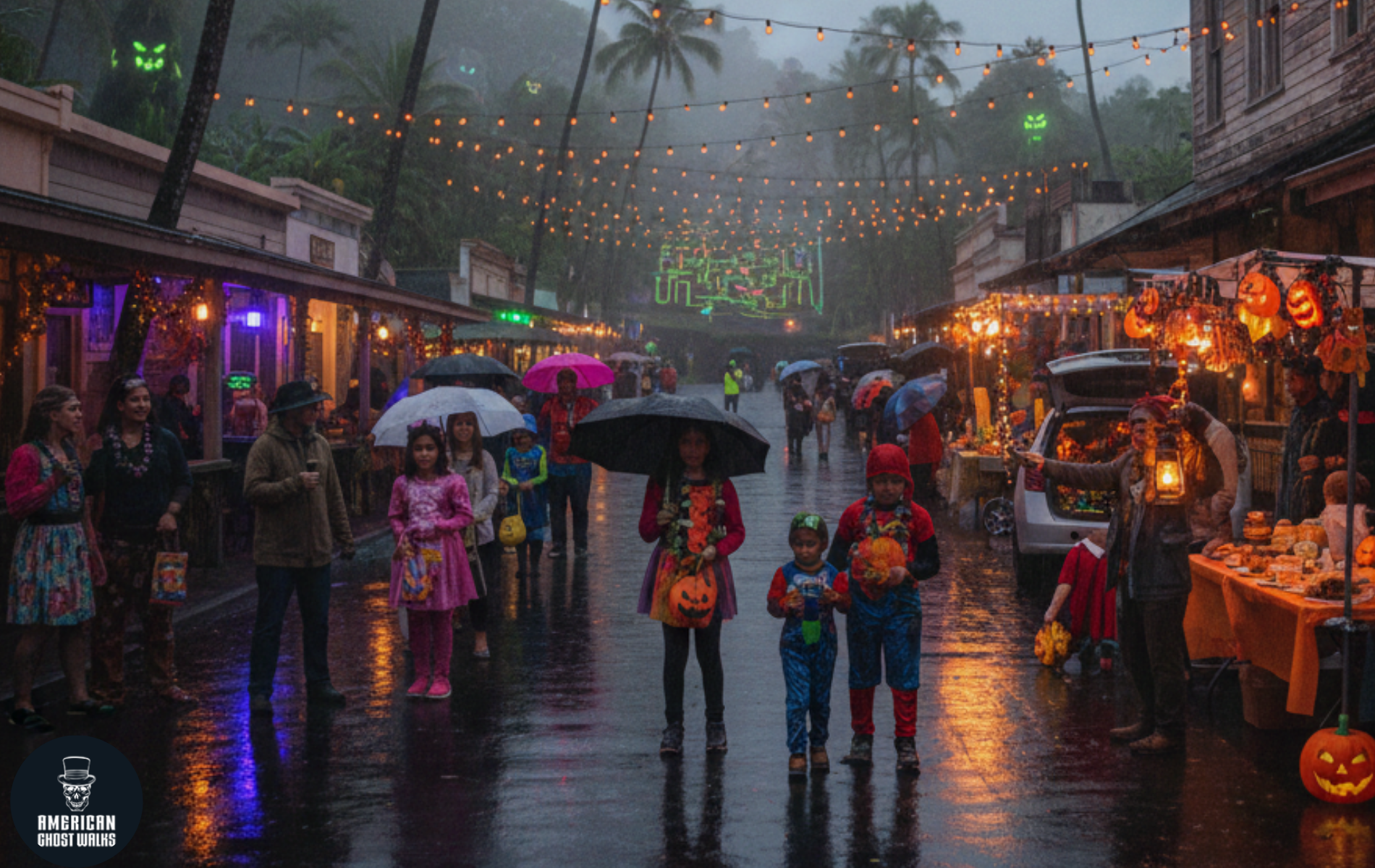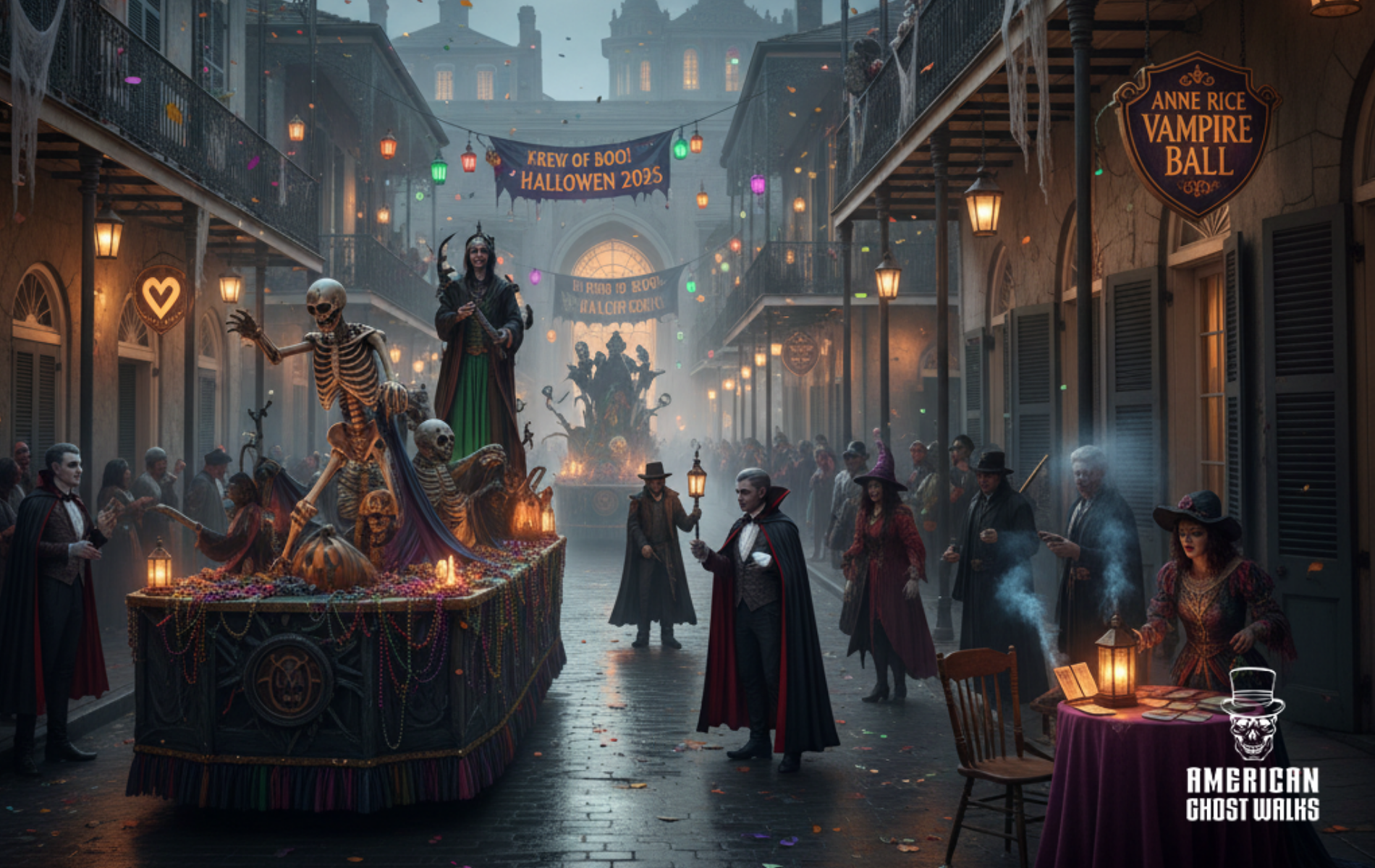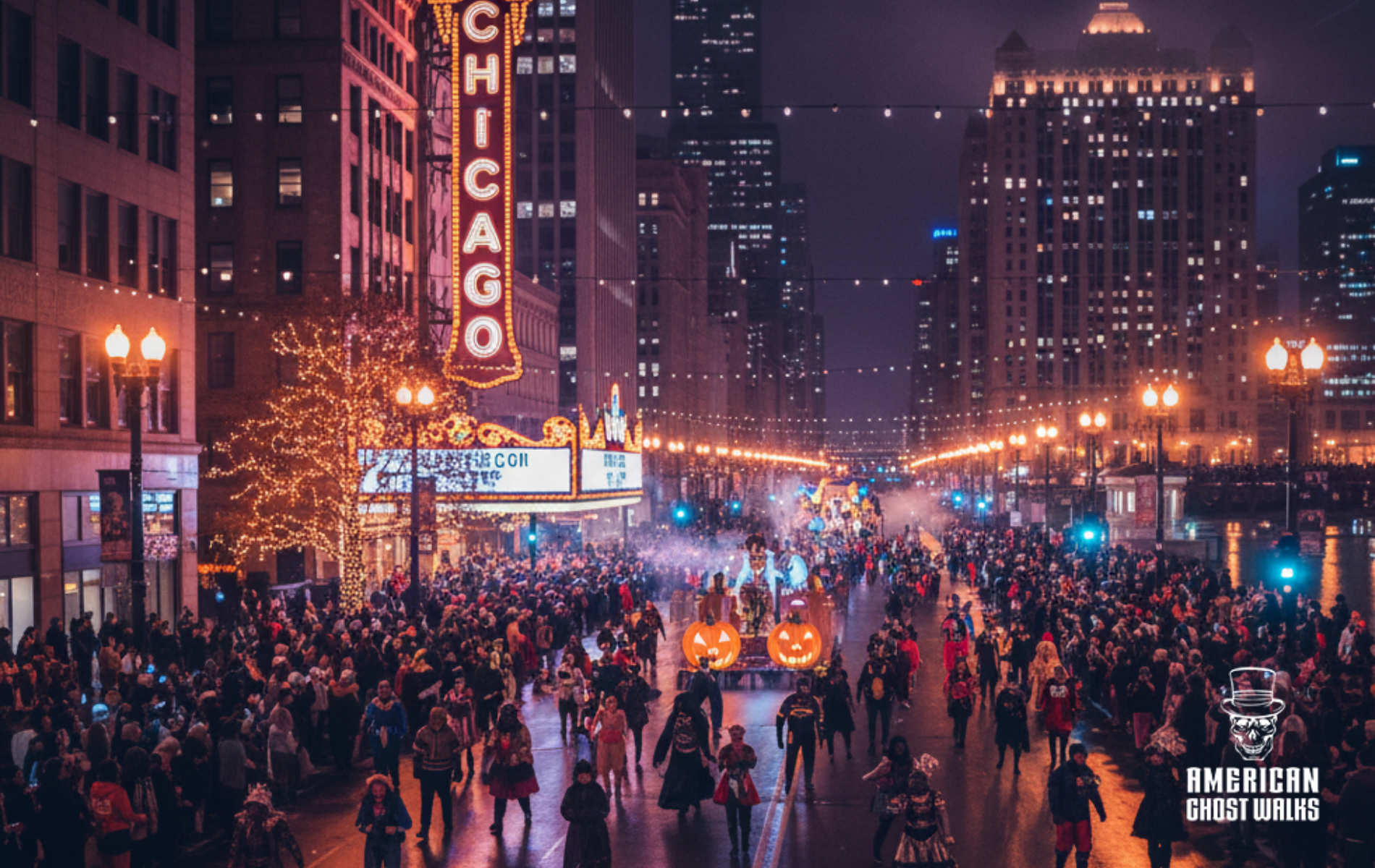The Ghost of John Dillinger at Chicago’s Biograph Theater
Few names in American crime history carry the weight of John Dillinger, the notorious outlaw once crowned Public Enemy Number One. In the early 1930s, during the height of the Great Depression, Dillinger’s daring bank robberies and dramatic escapes captured headlines across the nation. To some, he was a ruthless killer. To others, he was a modern-day Robin Hood sticking it to the banks that had ruined countless lives.
But Dillinger’s story ended violently in Chicago on a hot July evening in 1934. His death at the Biograph Theater not only shocked the world but also left behind one of the city’s most famous ghost stories. To this day, visitors whisper of eerie encounters in the alley where Dillinger drew his last breath.
Dillinger’s Rise as America’s Most Wanted
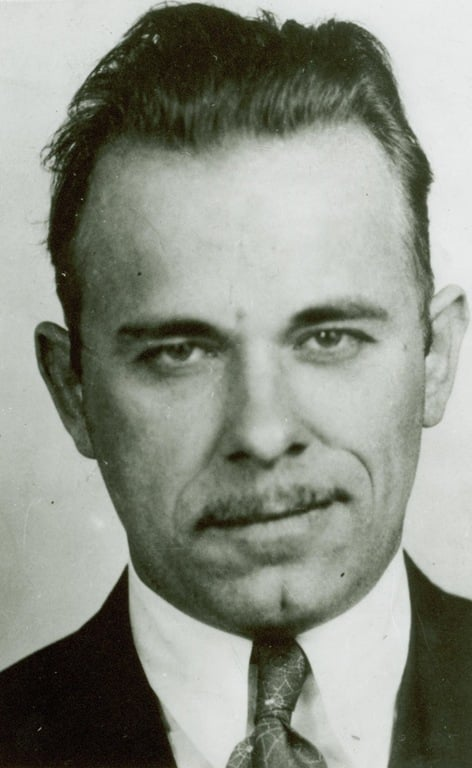
John Herbert Dillinger was born in Indianapolis in 1903. His early life was unremarkable, though he quickly fell into trouble with the law. At just 20 years old, he attempted to rob a local grocery store and was sentenced to 10 to 20 years in prison. While his accomplice received just two years, Dillinger paid a far steeper price. Those years behind bars hardened him and gave him time to learn from seasoned criminals. By the time he was paroled in 1933, he was determined never to go straight again.
Within months, Dillinger was leading one of the most feared gangs in the Midwest. His crew robbed banks with military precision, often outsmarting the police and humiliating the FBI. He became famous for his charm and swagger as much as for his violence. Newspapers called him “the Jackrabbit” because of his ability to make quick getaways.
In just over a year, Dillinger robbed at least six major banks, killed police officers, escaped prison twice, and eluded law enforcement in shootouts across multiple states. His legend only grew with each narrow escape, making him both a national villain and a folk hero.
The Final Manhunt
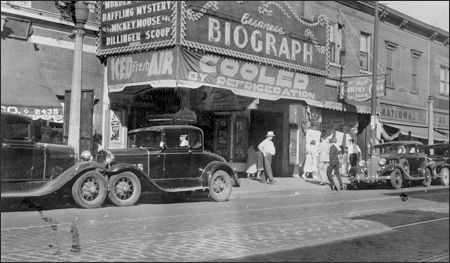
By 1934, the FBI had made Dillinger its top priority. J. Edgar Hoover, eager to prove the Bureau’s effectiveness, put relentless pressure on his Chicago field office, led by Melvin Purvis. The chase became a high-stakes cat-and-mouse game that played out across the Midwest.
Dillinger narrowly escaped a police trap at a St. Paul apartment, survived a violent confrontation at Little Bohemia Lodge in Wisconsin, and even underwent plastic surgery in an attempt to alter his appearance and remove his fingerprints. Despite these efforts, the FBI never stopped closing in.
The end came on July 22, 1934, when Dillinger went to see the gangster film Manhattan Melodrama at the Biograph Theater on North Lincoln Avenue. He was accompanied by Anna Sage, the infamous “Lady in Red,” and his girlfriend Polly Hamilton. Unbeknownst to him, Sage had struck a deal with the FBI, hoping her cooperation might prevent her deportation.
The Death of Public Enemy Number One
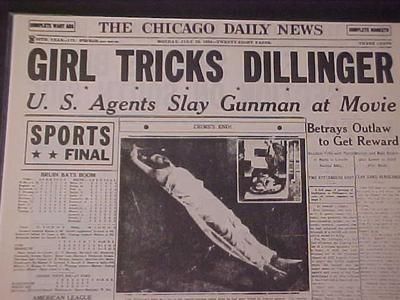
As Dillinger exited the Biograph Theater around 10:30 p.m., FBI agents waited in the shadows. Melvin Purvis gave the signal by lighting a cigar, and agents closed in. Dillinger stepped into a narrow alley off Lincoln Avenue. Realizing what was happening, he reached for his gun, but it was too late. Three bullets struck him, including a fatal shot to the back of the neck.
Chaos erupted. Hundreds of moviegoers poured into the street, crowding around Dillinger’s lifeless body. Some witnesses dipped handkerchiefs in his blood as gruesome souvenirs. Newspapers ran sensational headlines the next morning, and the FBI celebrated its first major public victory.
At the Cook County morgue, crowds lined up around the block to see Dillinger’s body. The coroner even put his corpse on public display behind a glass panel, allowing thousands of Chicagoans to gawk at the fallen gangster. The spectacle blurred the line between tragedy, justice, and macabre entertainment.
From Crime Legend to Chicago Ghost Story
For decades after his death, no paranormal reports surfaced at the Biograph Theater. But in the 1970s, stories began to circulate about strange sightings in the alley where Dillinger fell. Witnesses described a ghostly blue figure running down the passage, stumbling, and collapsing before vanishing into thin air. Some people reported sudden chills or an overwhelming feeling of dread while walking through the alley at night.
This alley, still remembered by longtime residents as Dillinger’s Alley, has become a place of both history and haunting. Even skeptics admit that the atmosphere shifts as you walk the same path Dillinger took in his final moments. The neon glow of the Biograph marquee only adds to the surreal feeling that history and the supernatural overlap here.
The Mystery of Dillinger’s Death
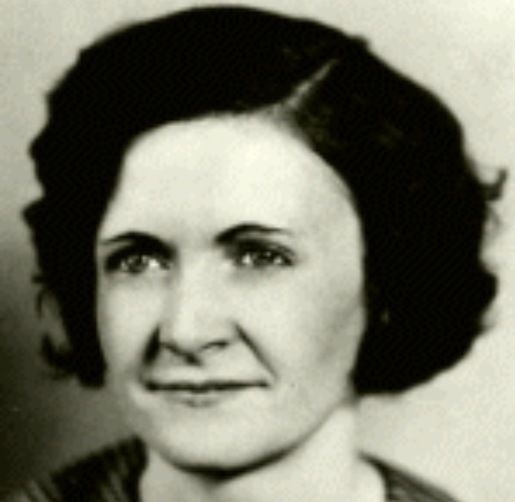
Despite the overwhelming evidence of his death, rumors and conspiracy theories soon surfaced. Some claimed the FBI had killed the wrong man. Others believed Dillinger staged his own death and escaped to live quietly under a new identity.
Adding to the mystery, Dillinger himself had feared his luck was running out. Only weeks before his death, he had considered plastic surgery and fingerprint removal to evade capture. His paranoia and the extraordinary lengths he went to in order to hide have fueled speculation ever since.
Even close friends doubted the truth. Mary Kinder, a confidante of Dillinger’s, famously asked after his death: “Is it true? Is he dead?” Her words echo through time, blending fact, folklore, and ghostly legend into the story we know today.
The Biograph Theater Today
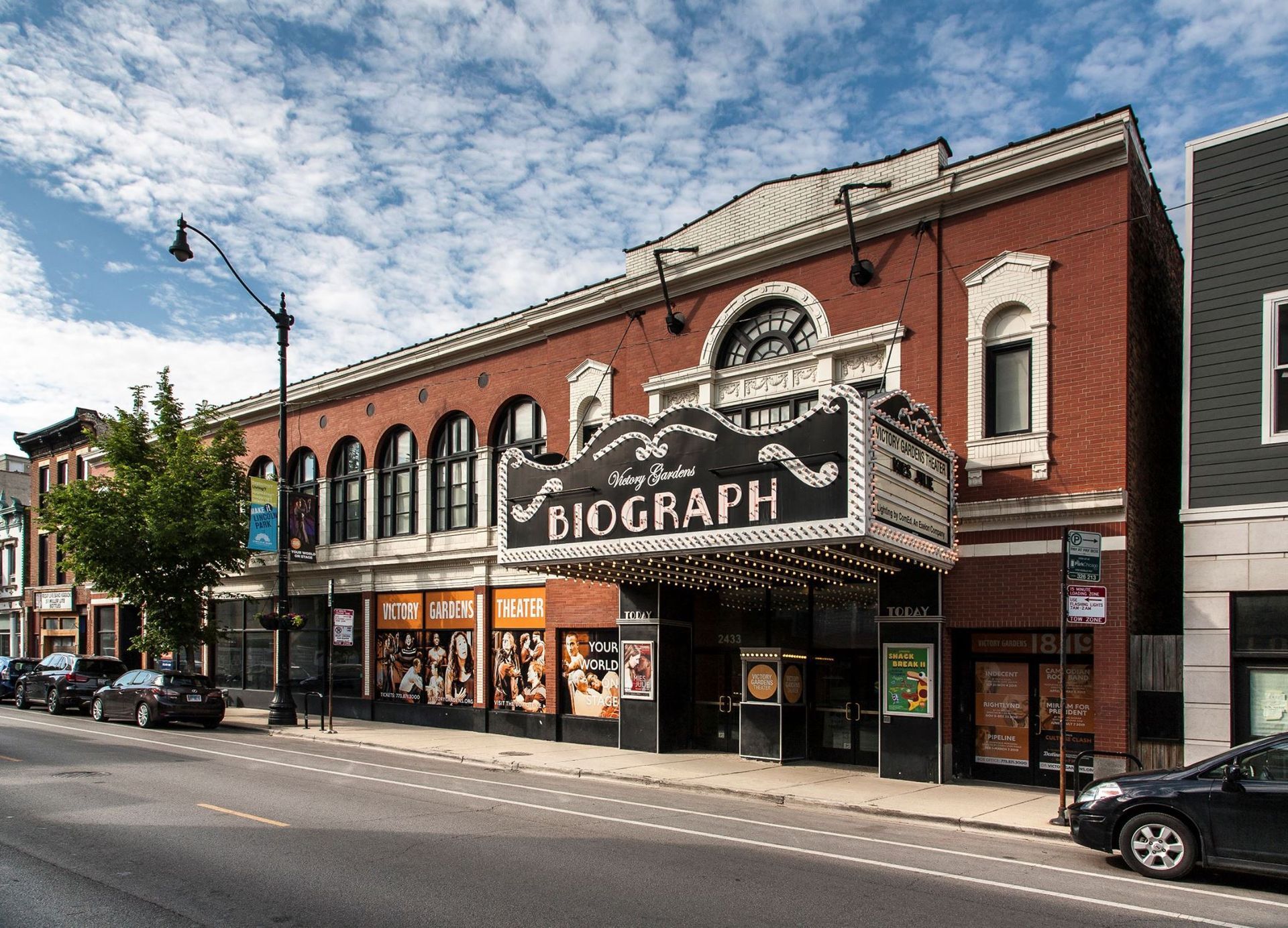
The Biograph Theater still stands on North Lincoln Avenue, though today it operates as a live performance venue. Visitors can still see the theater’s historic marquee, sit in the seat where Dillinger once watched his final movie, and step into the alley where his life came to an end. A plaque commemorates the site, but for many, the real memorial is the lingering sense of his presence.
Whether you believe in ghosts or not, the story of John Dillinger’s violent death and the haunted reputation of the Biograph Theater remain some of the most chilling tales in Chicago history.
Dillinger on the Big Screen
Dillinger’s legend has lived on not only through history and ghost stories but also through film and television. His dramatic death at the Biograph Theater has been reimagined several times for the screen.
In 1991, a made-for-TV movie simply titled
Dillinger was filmed largely in
Milwaukee, using the city’s historic architecture to recreate the gritty streets of Depression-era Chicago. It starred Mark Harmon of
Summer School
fame whose star was burning hot enough that he was even named
People magazine's "Sexiest Man Alive" in 1986.
One of our fantastic Waukesha guides (as well as the
drummer in my band and
podcast co-host) Wendy Lynn Markus was even there for the filming in Milwaukee and you can see her and her family in the background in one of the shots. She even mentioned how nice Mark Harmon was when they were signing autographs, so not only was he sexy, he was also sweet!
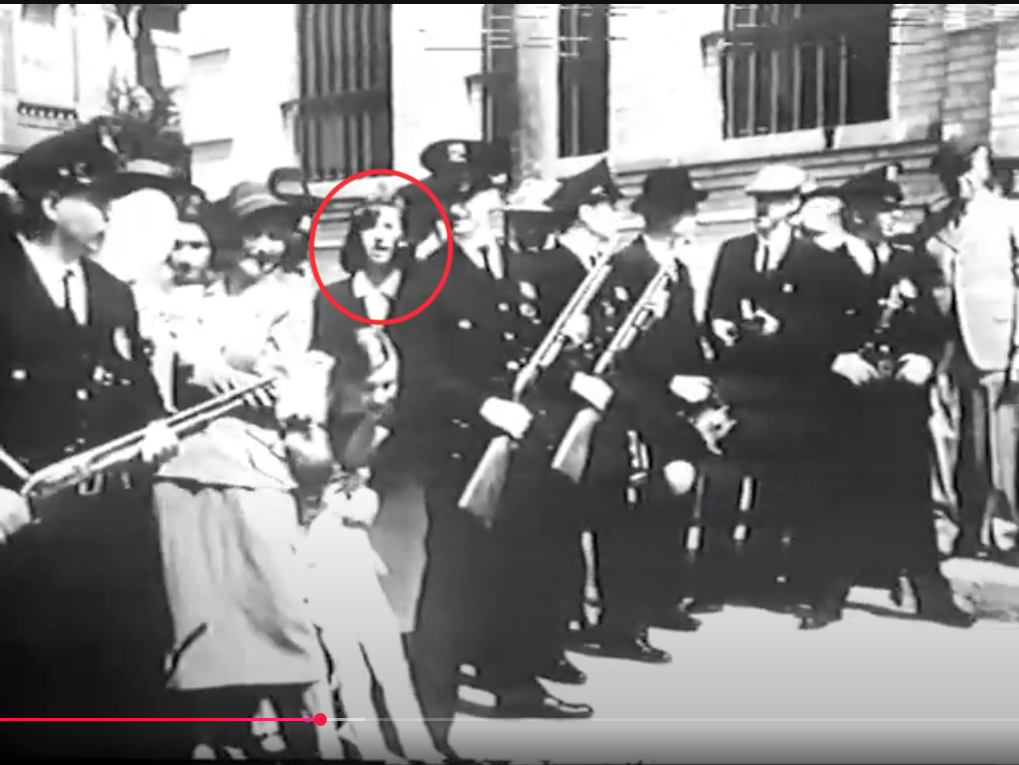
More recently, Michael Mann’s 2009 blockbuster Public Enemies, starring Johnny Depp as Dillinger, filmed several key scenes in Wisconsin as well. One of the most iconic sequences was shot inside the haunted Wisconsin State Capitol in Madison, where its grand interiors stood in for period-appropriate federal buildings. And also another site you can visit on our Madison Ghost Walk!
These productions helped cement Dillinger’s enduring image in American culture, reminding audiences that his story is as much folklore as it is history.
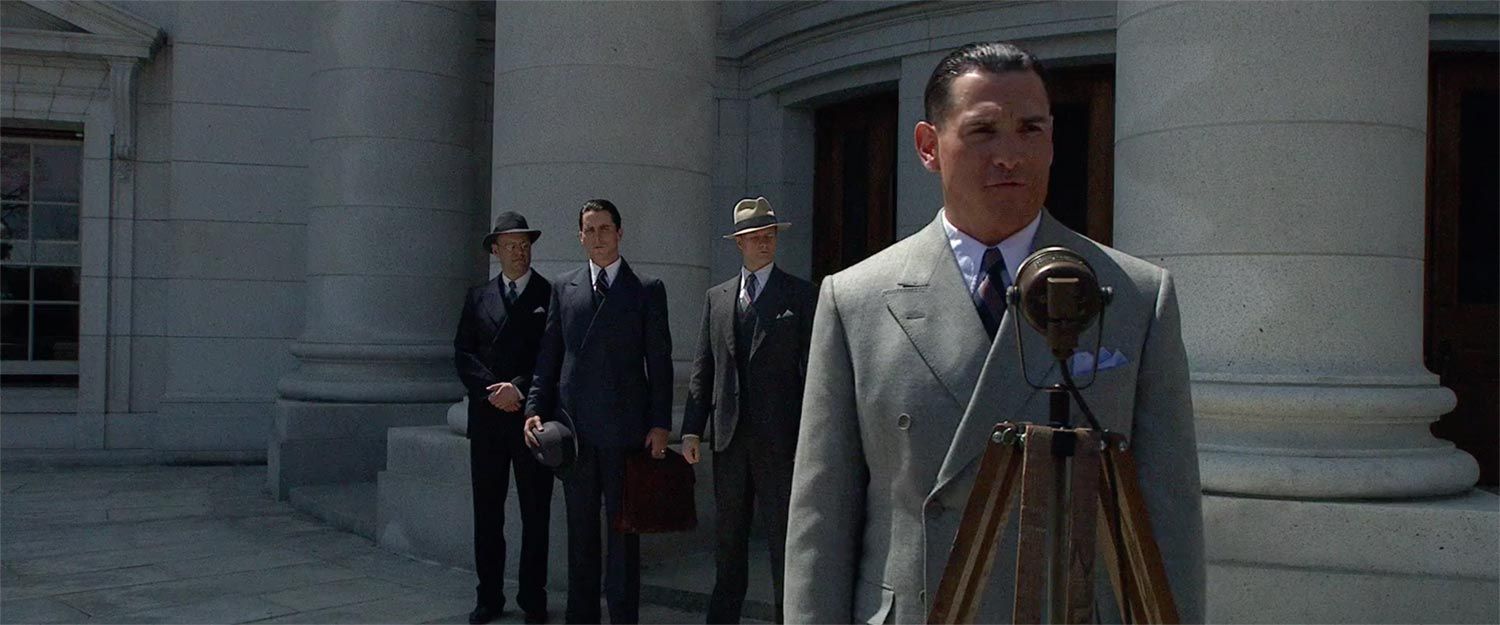
Walk in Dillinger’s Footsteps
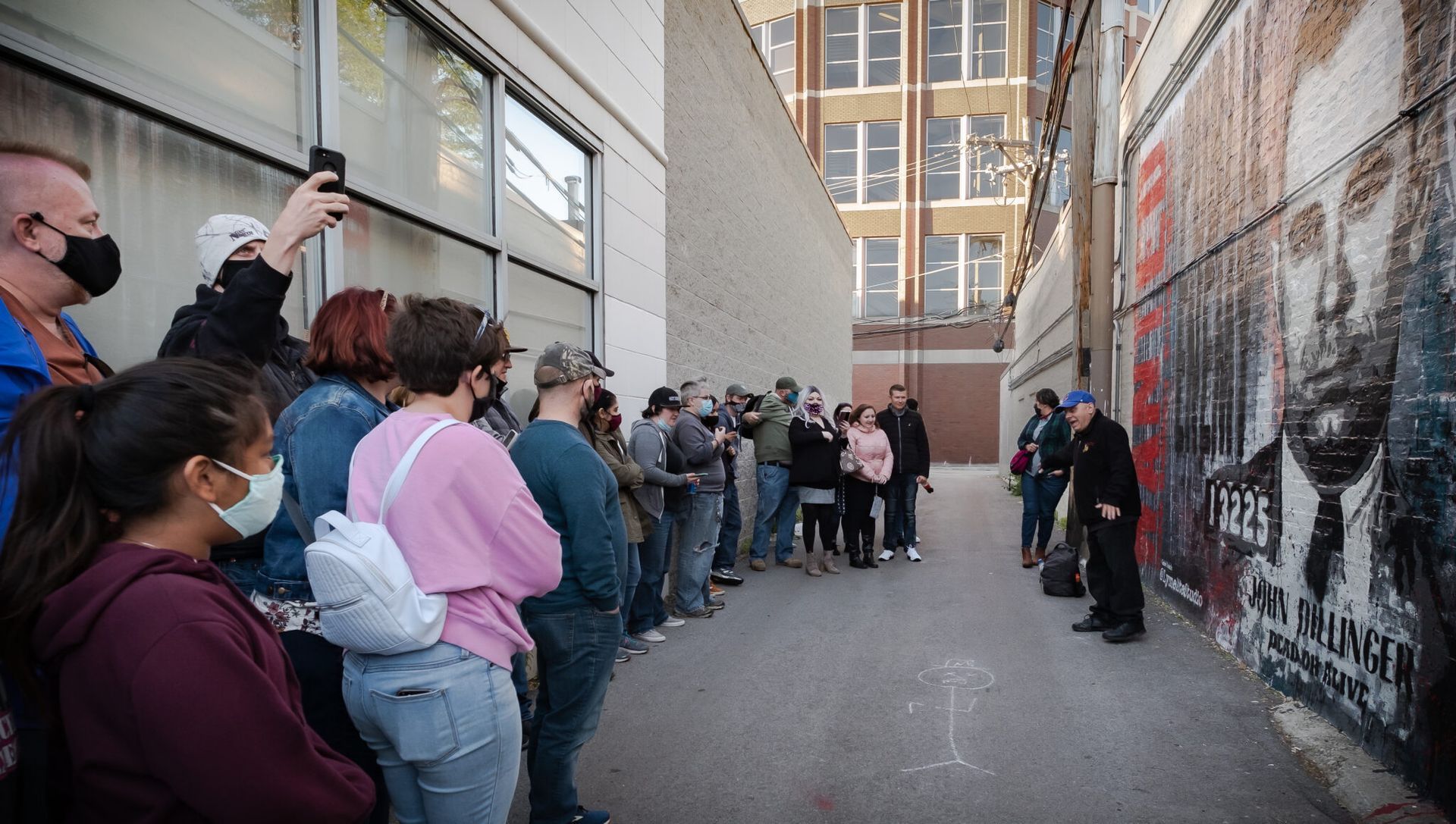
The legend of John Dillinger is more than just a gangster’s tale. It is a story where history, crime, and the paranormal collide. Standing outside the Biograph Theater, it is easy to imagine the tension of that July night in 1934. In the shadow of the marquee, many visitors still wonder if the restless spirit of Public Enemy Number One lingers.
If you want to experience this haunting story firsthand, join us on the Original Chicago Hauntings Ghost Bus Tour. You will visit the Biograph Theater, hear the full chilling account of Dillinger’s last night, and explore other infamous sites that make Chicago one of the most haunted cities in America. Step aboard and discover the ghostly side of the Windy City for yourself.

